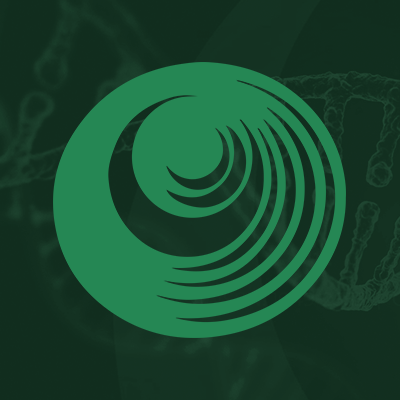Research Papers:
Exceptional responders to immunotherapy in pancreatic cancer: A multi-institutional case series of a rare occurrence
PDF | Full Text | Supplementary Files | How to cite | Press Release
Metrics: PDF 2258 views | Full Text 10186 views | ?
Abstract
Kavin Sugumar1, Andrew Alabd2, Andre Alabd3, Jonathan J. Hue1, Josh Lyons1, Sherri Fields4, Zev Wainberg4, Lei Zheng5, Brianna Coogle6, Anup Kasi6, Nicholas Grewal7, Hedy L. Kindler7, Jason Starr8, Ashwin R. Sama9 and Jordan M. Winter1
1 Department of Surgery, University Hospitals Seidman Cancer Center, Cleveland, OH 44106, USA
2 Department of Medicine, Cooper University Healthcare, Camden, NJ 08103, USA
3 Department of Urology, University of Indiana, Indianapolis, IN 46227, USA
4 Department of Medicine, UCLA/Santa Monica Cancer Center, CA 90404, USA
5 Department of Medicine, Johns Hopkins University, Baltimore, MD 21218, USA
6 Department of Medicine, University of Kansas Medical Center, Kansas City, KS 66103, USA
7 Department of Medicine, University of Chicago, Chicago, IL 60637, USA
8 Department of Medicine, Mayo Clinic, Jacksonville, FL 32224, USA
9 Department of Medicine, Jefferson Medical Oncology Associates, Philadelphia, PA 19107, USA
Correspondence to:
| Jordan M. Winter, | email: | [email protected] |
Keywords: pancreatic adenocarcinoma; immunotherapy; exceptional responders; microsatellite instability; survival
Received: December 18, 2024 Accepted: May 17, 2025 Published: June 10, 2025
ABSTRACT
Introduction: Immunotherapy has emerged as a standard treatment option for multiple solid tumors. However, most patients with pancreatic cancer (PC) do not derive a significant benefit. Identification and analyses of exceptional responders could eventually offer hints as to why PC is resistant to immunotherapy.
Methods: Oncologists from cancer centers in the United States were contacted to identify patients with PC who responded to immunotherapy. Exceptional responders were defined as those having either partial (PR) or complete response (CR) based on Response Evaluation Criteria in Solid Tumors, or biochemical response (CA 19-9 levels) after starting immunotherapy. Patients receiving concurrent chemotherapy were excluded.
Results: 14 patients met inclusion criteria. Immunotherapy drugs included checkpoint inhibitors and macrophage inhibitors. Eight patients (42%) were MSI (microsatellite instability)-high. Radiologically, 82% had PR. Four patients (28%) had marked reduction in CA 19-9. The median progression-free survival was 12 months from the start of immunotherapy. Median survival was not reached. The 1- and 2-year survival probabilities were 80%, 70% respectively.
Conclusion: Majority of clinical trials evaluating immunotherapy in PC have yielded disappointing response rates compared to other solid tumors. Our case series adds to published data from early-phase trials supporting the promise of immunotherapy in some patients with PC.
 All site content, except where otherwise noted, is licensed under a Creative Commons Attribution 4.0 License.
All site content, except where otherwise noted, is licensed under a Creative Commons Attribution 4.0 License.
PII: 28739
